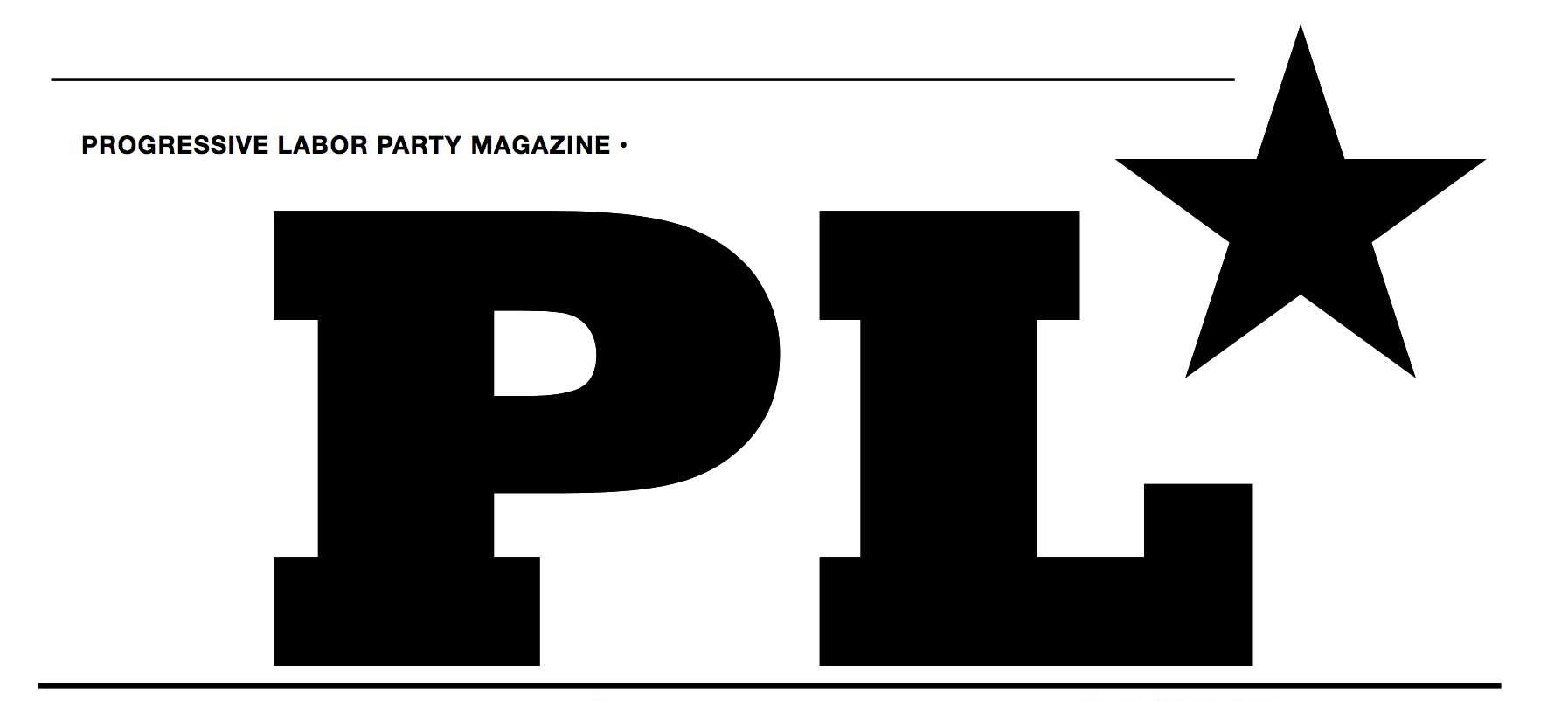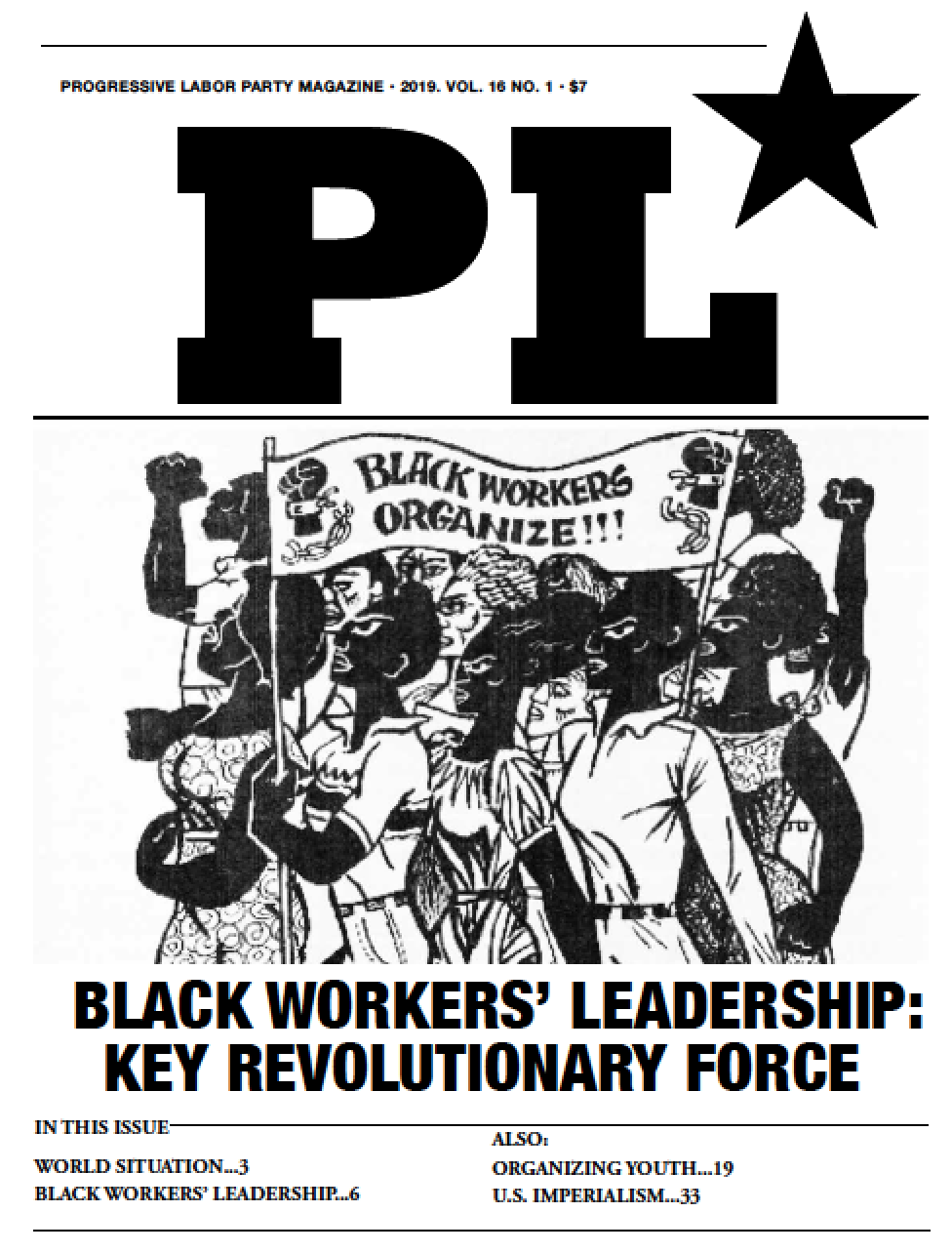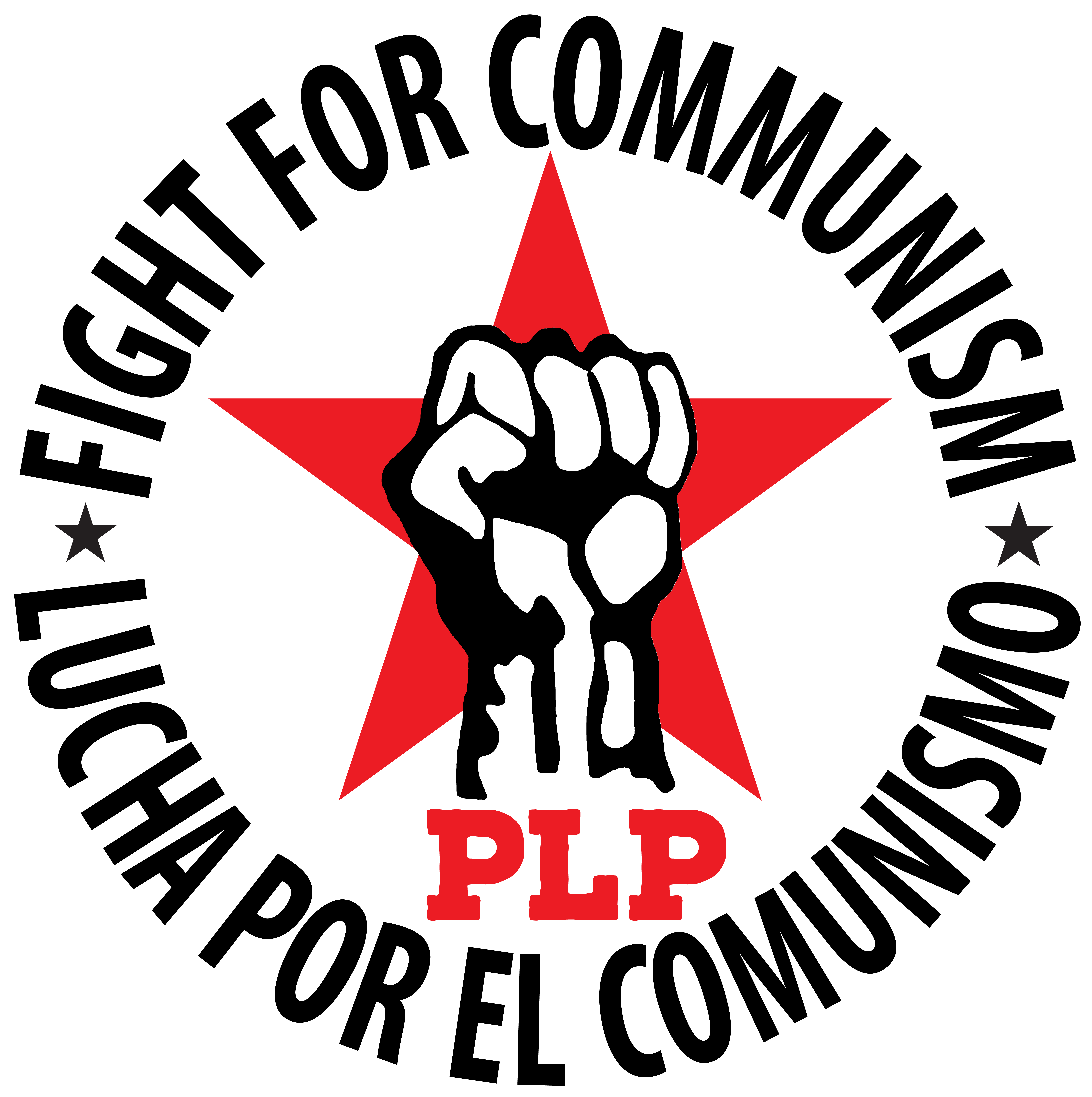John Brown & Harriet Tubman: Models for multi-racial unity and action
 Monday, October 1, 2018 at 10:16PM
Monday, October 1, 2018 at 10:16PM
On October 17 marks 159th anniversary of the raid on Harper’s Ferry. It was a revolutionary revolt showing the need for militant, anti-racist, multi-racial, revolutionary struggle!The southern slaveholders were terrified by the Harper’s Ferry raiders’ militant, multi-racial unity, a real-life rebuke of their racist stereotyping. One of the raiders’ five black freedom fighters, Osborne Anderson, described the atmosphere before-hand:
“I have been permitted to realize to its furthest, fullest extent, the moral, mental, physical, social harmony of an Anti-Slavery family, carrying out to the letter the principle of the Anti-slavery cause. In John Brown’s house, and in John Brown’s presence, men from widely different parts of the continent met and united into one company, wherein no hateful prejudice dared intrude its ugly self — no ghost of a distinction found space to enter.”
From childhood Brown vowed to fight slavery
This trust among whites and blacks did not happen overnight. John Brown’s father was a conductor on the Underground Railroad in Ohio. At 12, Brown met a fugitive slave boy and saw the suffering slavery had inflicted on him, influencing Brown forever. He believed blacks and whites were completely equal. He put this knowledge into action daily.
As an adult, Brown moved his family to a farm in North Elba, N.Y. near a black community of former slaves. Blacks were regularly invited to the house for dinner with Brown’s family. He addressed them as “Mr.” or “Mrs.,” sharply contrasting with the era’s racist mores (true even among many slavery opponents).
Preparing for the raid, Brown turned to both black and white abolitionists.
In April 1858, while gathering money, arms and volunteers in Canada, he visited Harriet Tubman. She was well-known to the black fugitive slave community there, having personally guided many to freedom. Tubman supported his plans, urging him to set July 4, 1858, for the raid and promising to bring volunteers. They agreed to communicate through their mutual friend Frederick Douglass, black abolitionist and former slave.
Tubman single-handedly freed 300 slaves
Tubman’s own experiences made her and Brown allies. Born around 1820 of enslaved parents on a Maryland plantation, Tubman performed house and field work, was subjected to physical abuse and tearfully saw many of her nine siblings sold away from the family. In her teens, Tubman suffered a broken skull from brutal plantation life. Her “owner” tried selling her as “damaged goods.” Instead she fled, walking for several weeks, mostly at night, the 90 miles to Philadelphia via the Underground Railroad. She returned shortly afterwards, guiding her family out of slavery to Canada. And that was just the beginning.Over the following 11 years, with a bounty on her head, Tubman made approximately 13 trips south and guided an estimated 300 slaves to freedom in Canada.
This resolute, daring revolutionary declared, “I never ran my train off the tracks and I never lost a passenger.”Tubman warmly endorsed Brown’s armed struggles in Kansas against the pro-slavery gangs. Brown, in turn, knew Tubman’s courage, militancy, and knowledge of the land and Underground Railroad network, and felt Tubman would be invaluable in executing their plans to free the enslaved by any means necessary. He always addressed her as “General Tubman.”
Both believed in direct action and armed violence to end slavery.Tubman became ill and could not bring her forces to Harper’s Ferry, but her work inspired the rest of the raiders. Tubman’s example, like that of Osborne Anderson and the other black raiders, discredited the image of black people as passive victims, terrifying the southern slave-owners and politicians, and inspired the abolitionist movement.
To those today who say workers won’t fight oppression, the stubborn facts of history show struggle is universal. The slave-owners, although talking of “docile” blacks, knew this well. They were petrified of potential black rebels and of “outside agitators.” They patrolled all night with dogs and guns to intimidate their enslaved workers and to keep Yankees and abolitionist literature away from them.Today the “outside agitators” are PLP communists, fighting to abolish racist capitalism.
The bosses assure us that the impoverished working class is too ground down, too alienated to fight back collectively, saying workers hate communism. Yet they organize cops, plant security, the Minutemen, black nationalists and sellout union “leaders” to try to keep communists out, and instantly fire them when they’re discovered in a factory. Why are they afraid if the working class is supposed to be so passive?
Today, uniting to fight the mutual class enemy is one of the main ways people of different backgrounds are able to overcome the “natural” segregation capitalist society promotes. Brown and Tubman demonstrated that racist and nationalist ideas cannot be overcome primarily inside one’s head. It requires material change in the way one lives. Among the black and militant white abolitionists, multi-racial unity developed over years of working together, getting to know each other while struggling over their differences.
Today, U.S. capitalism has created its own contradiction. Workers still often live in neighborhoods separated by “race” but many are integrated within their workplaces and schools. The bosses try to divide us there as well, with racist job classifications and different types of bourgeois culture to keep workers apart (e.g., soul “versus” country music). Nevertheless, workers rub shoulders every day. Class-conscious workers in PLP must develop these acquaintances into friendships and unbreakable bonds in struggle.
Class struggle trumps racism
As in Tubman and Brown’s time, racism permeates society. But rebellions and strikes reveal multi-racial unity and struggle against the bosses. At the Smithfield Ham Factory in Tarheel, NC, for example, a 15-year unionization fight witnessed intense intimidation from the bosses to scare workers from signing union cards. But by organizing support from grocery workers from far and wide, Smithfield workers felt part of a larger community.
When the bosses got immigration agents to raid the plant, targeting Latino workers for deportation, the workers saw through this divisive trick and, in November 2006, 500 marched out in a two-day strike protesting this raid, forcing the company to re-hire all the fired immigrant workers!
In 2008 in the Bronx, NY, the Stella D’Oro workers struck for 11 months. These immigrant workers from across the world, men and women, overcame differences and stuck together. Not one worker crossed the picket line! PLP had organized friends, comrades, teachers and
students onto the picket lines, bringing solidarity and communist leadership. PLP members steadfastly stood in solidarity with the strikers via donations, rallies and marches, and supported their fight against plant closure.
John Brown’s raid and Harriet Tubman’s courage in freeing 300 slaves along the Underground Railroad teach us many lessons. Militancy was foremost in their thinking. Tubman declared she would never return to being a slave, that she would rather die fighting. Brown, after fighting in Kansas, realized that only bloodshed could end slavery. Many workers agreed with them, especially after the 1857 Dred Scott decision legalizing slavery nation-wide.
Multi-racial unity is essential in any fight. Black workers escapng from enslavement received needed help from whiabotionists to reach the North. Thousands of workers, black and white, helped escaping slaves along their journeys and defended them when attacked by slave-catchers. These workers attended public meetings, donated money, passed word to their friends and helpe harbor fugitive slaves.PLP does similar things today.
Join PLP
We discuss political struggles and the vital need for multi-racial unity against the racist system with friends, coworkers and neighbors. We urge them to join in militant anti-racist demonstrations, build a multi-racial base with fellow workers or donate to CHALLENGE.Every time someone we know does one of these simple acts, they’re making a political commitment in the fight against racism, capitalism and imperialism, just as thousands of anti-slavery supporters did against slavery — taking small steps to serve and defend those who had escaped slavery as well as those who fought it directly.We invite all workers, soldiers and students who participate in these struggles to join Progressive Labor Party.
Today’s supporters of anti-racist struggle understand — just as did the thousands backing Brown and Tubman 159 years ago — that revolutionaries like the raiders then and PLP now are the honest, reliable leaders in struggle. When direct action is required, they know to whom to turn. CHALLENGE constantly reports workers being won to militancy and multi-racial unity in struggles against the racist bosses, hailing those joining our ranks. Step by step, the communist movement will grow and lead the working class to revolution and a new world based on members of our class mutually meeting each other’s needs, without racist bosses and their profit system.





 Progressive Labor Party (PLP) fights to destroy capitalism and the dictatorship of the capitalist class. We organize workers, soldiers and youth into a revolutionary movement for communism.
Progressive Labor Party (PLP) fights to destroy capitalism and the dictatorship of the capitalist class. We organize workers, soldiers and youth into a revolutionary movement for communism.




Reader Comments